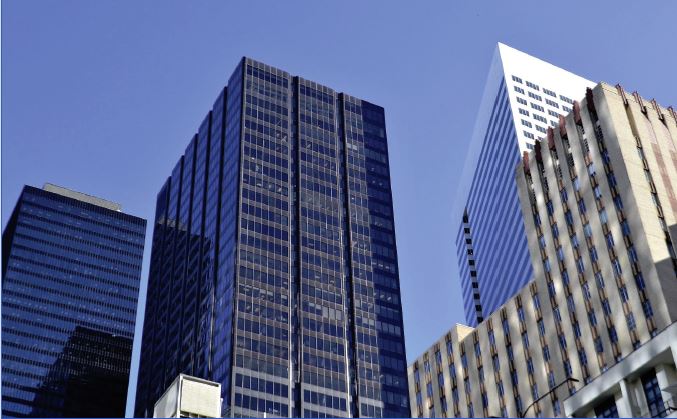The pandemic continues to hit the hospitality industry hard, with nearly all hotels across the country now struggling with staffing shortages.
According to a new survey by the American Hotel & Lodging Association, 87% of respondents said that they are suffering through a staffing shortage. A total of 36% of survey respondents said that their staffing shortages were severe ones.
The position hotels are struggling the most to fill? Housekeepers, with 43% of respondents saying they were having a difficult time finding enough cleaning staff for their facilities.
Those numbers are slightly better than in May, when the lodging association found that 97% of respondents faced a staffing shortage.
Hotels are taking steps to fill their staffing vacancies. The association says that 81% of survey respondents said that they have increased wages, while 64% said they are offering their workers more flexible hours and 35% have expanded their benefits.
Survey respondents said that they are trying to fill an average of 10.3 open positions per property, down from 12 vacancies in May’s survey.
The average hotel wage across the nation for 2022 through June are more than $22 per hour, higher than any other year on record. Since the pandemic, average hotel wages have increased faster than average wages throughout the general economy, according to the lodging association.
“Today’s tight labor market is creating unprecedented career opportunities for current and prospective hotel employees,” said Chip Rogers, president and chief executive officer with the American Hotel & Lodging Association.









